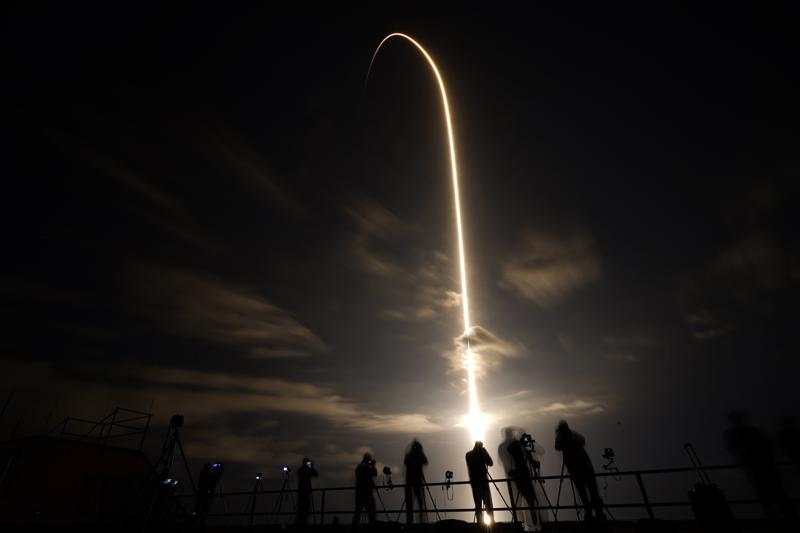(Reuters) – A four-astronaut team arrived at the International Space Station on Saturday aboard the SpaceX Crew Dragon capsule Endeavour, NASA said, after becoming the first crew ever to be propelled into orbit by a rocket booster recycled from a previous spaceflight.
The Endeavour capsule, also making its second flight, was launched into space on Friday atop a SpaceX Falcon 9 rocket from NASA’s Kennedy Space Center in Florida. SpaceX is the Elon Musk’s commercial rocket company.
The Endeavour docked to the space station complex at 5:08 a.m. EDT (0908 GMT) while the spacecraft were flying 264 miles (425 km) above the Indian Ocean, NASA said in an update https://blogs.nasa.gov/crew-2/2021/04/24/crew-dragon-docks-to-station-day-after-launch on the mission.
On board were two NASA astronauts – mission commander Shane Kimbrough, 53, and pilot Megan McArthur, 49 – along with Japanese astronaut Akihiko Hoshide, 52, and fellow mission specialist Thomas Pesquet, 43, a French engineer from the European Space Agency.
Gallery: 12 of the Most Amazing Space Discoveries of the Last Decade (Reader’s Digest)

The mission marks the second “operational” space station team launched by NASA aboard a Crew Dragon capsule since human spaceflights resumed from American soil last year, following a nine-year hiatus at the end of the U.S. space shuttle program in 2011.
It is also the third crewed flight launched into orbit in 11 months under NASA’s fledgling public-private partnership with SpaceX, the rocket company founded in 2002 by Musk, who is also CEO of electric car maker Tesla Inc.
The mission’s Falcon 9 rocket blasted off with the same first-stage booster that lofted a crew into orbit five months ago, marking the first time a previously flown booster has ever been re-used in a crewed launch.
Reusable booster vehicles, designed to fly themselves back to Earth and land safely rather than fall into the sea after launch, are at the heart of a re-usable rocket strategy that SpaceX helped pioneer to make spaceflight more economical.
(Writing by Frances Kerry; Editing by Toby Chopra)

